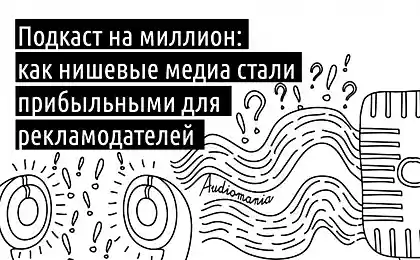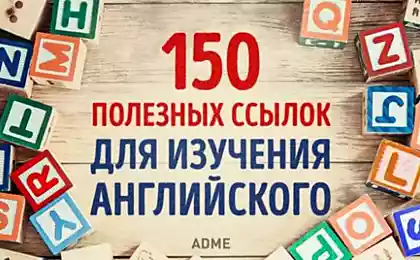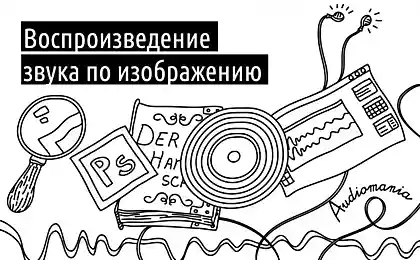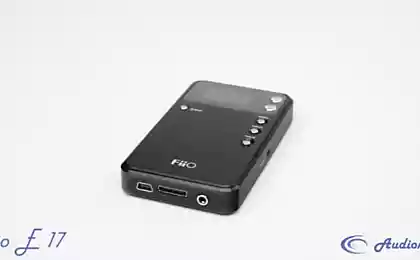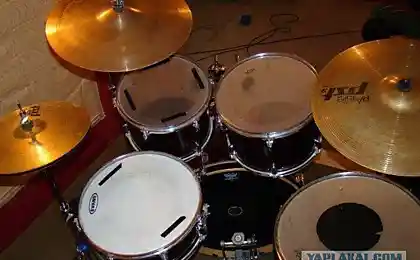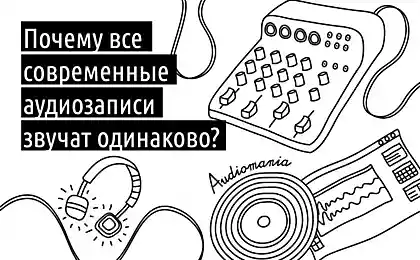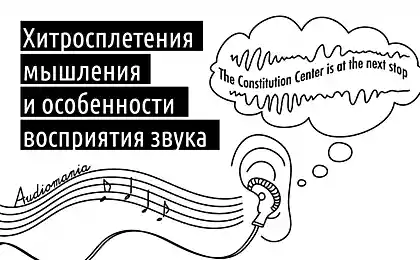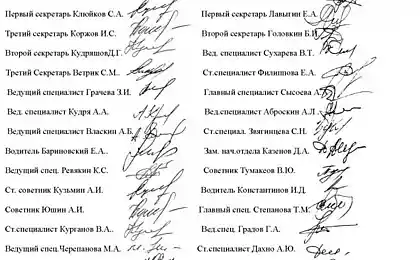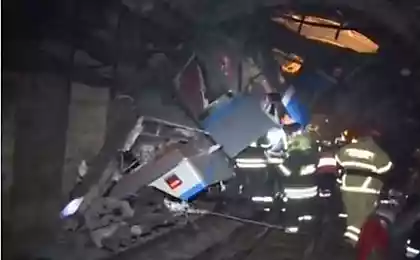969
Guide to creating podcasts
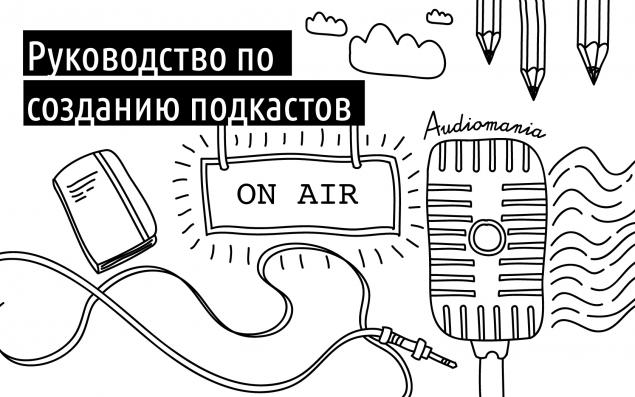
Me and my co-host of both shows [ 1 , 2 ] often asked about the equipment that we use to create podcasts. Honestly, that is what we do, not so much magic, in fact, everything depends on the desire to create. Good podcaster as good photographer is not determined by the quality of the equipment. In particular, if you purchased something better than a camera phone or garniturnoy microphone.
I'm not going to argue that this approach faithful or best
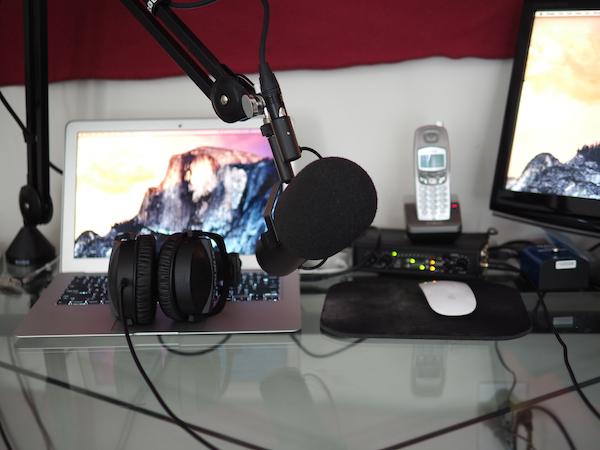
Housewares h4> Since the release of ATP # 92 , I use equipment which I recommend Marco [Arment]:
Microphone Shure SM7B switch the microphone bezzvukovoy mode Rolls MS111 MicSwitch The preamplifier Sound Devices USBPre2 Reduction sleeve K&M to impose Shure microphone on rack Rode (see below) A 6-foot XLR cable coming from the microphone to switch A 3-foot XLR cable coming from the switch on the preamplifier
Headphones Beyerdynamic DT 770 Pro 32 Rack Microphone Rode PSA1
Mobile equipment h4> The first two years creating podcasts I used a different home setting. Now she is demoted to the mobile station for those rare occasions when I want to record something while traveling.
If you just try yourself as a podcaster, you write at home, I can not recommend an extended set of Rode . At home, you can achieve professional audio recording without the (special) costs.
As an alternative, you can use Shure PG42-USB , it uses the Dzhon [Syracuse] and recommends The Wirecutter. It costs almost as much and Rode Podcaster, but comes with a shock-resistant assembly, pop filter and holder.
But my mobile installation:
Advanced set Rode Podcaster, comprising: a microphone Rode Podcaster ; Rack Rode PSA1 (stand included in the set, but not used in a portable set. Instead, it remains part of the permanent installation); anti-shock device Rode PSM1 Support for microphone On Stage DS7200B Pop Filter IMAGE Software h4> The software that I use, is not so impressive. Like many others, I'd like to see in this list was something designed specifically for podcasts, but so far nothing that is not listed.
Skype , to make calls Piezo , to record your voice during a call directly from a microphone Skype Call Recorder , to record both sides of a call in Skype, which is usually unnecessary
Google Docs notes Colloquy chat Caffeine that the screen does not go into sleep mode < /
Workflow h4> Generally speaking, when you create ATP workflow looks like this:
Wednesday evening: We record the show
Thursday: Marco combines recording and makes the rough installation. This includes trimming moments when we are talking at the same time. Sometimes this means that I have to turn off one of us, and sometimes - a pause our speech, which is why [in the final version] we speak in turn, rather than simultaneously, thanks magic installation.
Marco also inserts sound effects to your taste and puts them on the "strong" expressions. He cuts the whole segments that are not interesting or worthwhile to include them in the finished release. Finally, he adds musical screensaver and selects clips for pre- and post-show, adding them to the proper place. < br />
Friday morning: I listen show for the first time and give notes on installation, he should consider. Typically, this background noise, such as when someone drops or drinking something. Very rarely, I ask him to edit the content of the podcast.
When I make adjustments, I also write notes in the draft show Markdown , using the built-in editor Squarespace . We made website ATP on Squarespace. If you want to try the service, enter the code «ATP», you'll save 10%.
Friday. Day: I am posting comments Marco who makes the last adjustment. It downloads the file to Libsyn , making any changes to the notes on the show, and then publishes the episode.
Working on Analog (ue), we follow the same schedule. Write on Thursdays, I'm listening to record a show with Call Recorder'a, and then, on Sunday morning, posting edits Mike . He brings together part of the show and publish it on Sunday evening. Mike also directs the notes to the show, as it's incredibly quickly gathers the necessary links as we speak.
Advertising h4>
Advertising sales ATP's are controlled by The Standard . We monitor which parts were bought, paid for, and who are available any advertising slot bought using special software written by Marco. Advertising sales Analog (ue) managed by a team Relay , and (to a lesser extent) The Midroll . < / Where is the magic? h4> As I said above, there is nothing magical. Magic in both shows - this attention and the desire to create.
Many of my friends podcasts think we're crazy, from release to release cutting overlay conversations, strange noises, etc. Maybe they're right, maybe it's not worth the extra time and effort. I admired the fact that in many cases they can publish their show for two hours after recording. They worry about the relevance.
We have also a different vision. We are not much concerned about the relevance. We want our project sounded like we want it. So we spend the time it takes for the three editions: one to connect everything together, one to detect nasty-sounding places and one to clean up these sites. I can honestly say that I believe that the ATP and Analog (ue) sound better all these shows. Did you ever notice the difference, but I'm not worried about it.
Each approach has its advantages, and you decide what you think is best for you and your show.
As a further reading on the subject can read the results of our work on recording your own audio podcast on the topic. I>
Source: geektimes.ru/company/audiomania/blog/247384/
New Jersey Governor will decide the fate Tesla in the state
Scientists have learned how to make graphene magnetic
